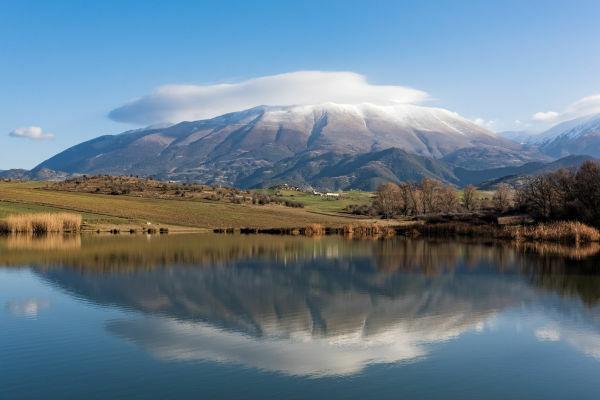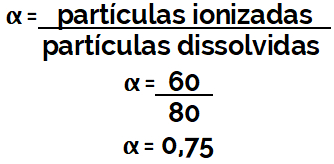THE 1930 revolution is considered the event in the history of the Brazilian republican period that ended the call RepublicOld and, more than that, it was the event that also ended the political articulations between the oligarchies regions of Brazil, which overlapped their particular interests with the interests of the State and the Nation as a whole. The main protagonist of the 1930 Revolution was Getúlio Dorneles Vargas, then president (the name given to governors at the time) of the state of Rio Grande do Sul. To better understand this episode in our history, it is necessary to know what was the political scenario at the time. This is what will be exposed in the next topic.
The formation of the Liberal Alliance (AL) and the 1930 Elections
The political scenario of the 1929-1930 biennium was one of the most troubled not only for Brazil, but also for much of the world, especially due to the consequences of Great American Depression, caused by the "crash" of the New York Stock Exchange. The coffee economy in São Paulo, which moved a large part of the Brazilian economy at the time, was directly affected by these external factors. The oligarchy that commanded this sector of the economy also had control of political power and sought delineate a future of reconduction to economic stability through the succession in the position of the presidency of the Republic. In 1929, the president was from São Paulo
WashingtonLuís, which, contrary to the agreements of the "latte policy”, indicated as his successor another politician from São Paulo, JuliusAbout.This disagreement between the oligarchies of São Paulo and Minas was accompanied by the organization of another front, formed by politicians from other states, such as Rio Grande do Sul, Pernambuco, Paraíba and Rio de January. This front was known as AllianceLiberal, or AL. The objective of the AL was to launch candidates for the presidency and vice presidency that would make possible an alternative to the oligarchic plaything. The candidates in question, to run for the 1930 elections, were GetulioVargas, president of Rio Grande do Sul (for the presidency), and JoãoPeople, president of Paraíba (for the vice-presidency).
Despite the great popularity that the Liberal Alliance reached, the Vargas and Pessoa ticket was unable to compete on an equal footing with the electoral machine of São Paulo. Washington Luís worked hard for Júlio Prestes to be elected. This involved mobilizing the entire structure of ballot box fraud, coercion and vote buying, and seeking support from other state presidents – in total, 17 supported Júlio Prestes. The result was overwhelming. With the counting of votes, on May 21, 1930, 1,091,709 votes were counted in favor of Prestes against 742,794 obtained by Vargas.
AL association with lieutenants and the murder of João Pessoa
Dissatisfied with the fraudulent result, the members of the Liberal Alliance began to articulate alternative solutions to the case. The most prominent was the revolutionary outlet. For that, the support of the military was necessary. This support was found among low-ranking officers, the lieutenants, who already had a history of activity in the political field since the beginning of the Old Republic. As historians Lilia Schawarcz and Holoisa Starling say in their book Brazil: a biography:
The alternative of embarking on an armed solution was not boasted of by the young civilian leaders – it had the firm support of the lieutenants. The group of junior officers, remnants of the military interventions of the 1920s, were wounded in their pride, he was looking for the power he could not get since the Proclamation of the Republic and he was not willing to let that power slip away without fight. The lieutenants had military experience, were idealistic, politically restless, enjoyed the admiration of the troops and sympathy among the middle sectors of the population and the mass of urban workers. [1]
The lieutenants' support also implied the association between prestigious civilian leaders, such as Vargas, and “a handful of young officers able to combine influence within and outside the barracks with the military conduction of the rebellion intended by the three dissident states – Juarez Távora, Siqueira Campos, Eduardo Gomes, João Alberto, Miguel Costa, Agildo Barata, Juracy Magellan." [2]. However, the fuse was missing, the trigger, for the revolution to break out and gain popular support. This trigger occurred in Paraíba.
Getúlio's vice candidate, João Pessoa, was murdered on July 26, 1930, in a bakery in Recife. the killer was João Duarte Dantas, Pessoa's political opponent. However, the motivations for the murder were more personal than political. Dantas accused Pessoa of having ordered the invasion of his office, where intimate letters were collected, which were published and disseminated throughout Paraíba.
Whatever Dantas' motives, murdering a person soon became the lever for revolution. Military actions started to take place in several different places in Brazil at the same time. In October 24th, the power was in the hands of AL. Washington Luis was deposed from office and soon exiled.
Getúlio Vargas in power
Getúlio Vargas, as the articulating leader of the revolution, was soon in charge of organizing the new government, which would have a provisional character, whose main objective was to disintegrate the political structure oligarchic. As the historians cited above say:
Vargas did not intend to jeopardize his own achievement. It was clear that if it held elections, the regional elites, whose command structures at the state level remained intact, would win. To institutionalize the new order, it would be necessary to transform the political system and consolidate a broad program of social, administrative and political reforms. The project was ambitious, it could not be carried out overnight, but not even Távora could foresee that the The dictatorship he defended in 1930 would last fifteen long years, with a brief constitutional break from 1934 to 1937. [3]
GRADES
[1] Schawrcz, Lilia M. and Starling, Heloisa M. Brazil: A Biography. São Paulo: Companhia das Letras, 2015. p.356.
[2]Ibid. P. 356.
[3] Ibid. P. 360.
By Me. Cláudio Fernandes
Source: Brazil School - https://brasilescola.uol.com.br/o-que-e/historia/o-que-foi-revolucao-1930.htm


